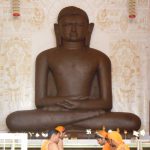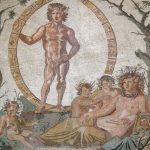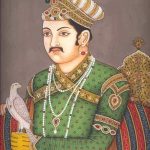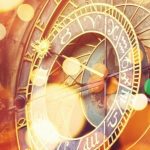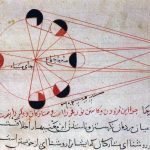The earliest records of the practice of astrology are from ancient Babylon dating back to the second millennium BC. Astrology has developed and been practised around the world. The Sumerians had a basic understanding of it 1000 years earlier.
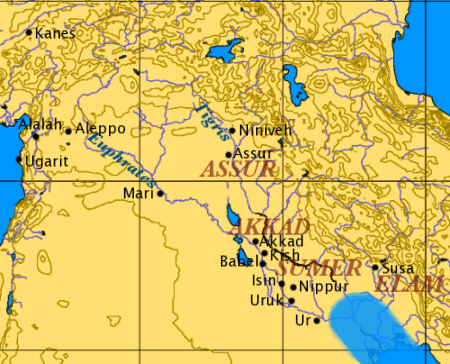
Stars And Gods
The ancient astrologers of the region had identified the planets as well as their movements. They gave them god-like powers and features. The astrologers of the time studied the stars for omens to interpret for the rulers. Astrologers predicted the future of kingdoms and not individuals. It was a form of divination and was a very important part of life in early Mesopotamian. The study of the stars led to advances in astronomy as well.
The earliest record of such omens is from the time of the King Ammi-saduqa (1683-47 BC). There are also records from the later periods. The early astrologers observed and recorded the appearance and disappearance of Venus from behind the sun and interpreted this as an omen. They also studied and interpreted meteorological phenomena such as hail, rain, thunder, lightning and earthquakes. There are 70 tablets that have survived from this time with these details. Of these 23 tablets relate to omens involving the moon. The tablets mention 6 observatories in different cities of which one was in Babylon itself.
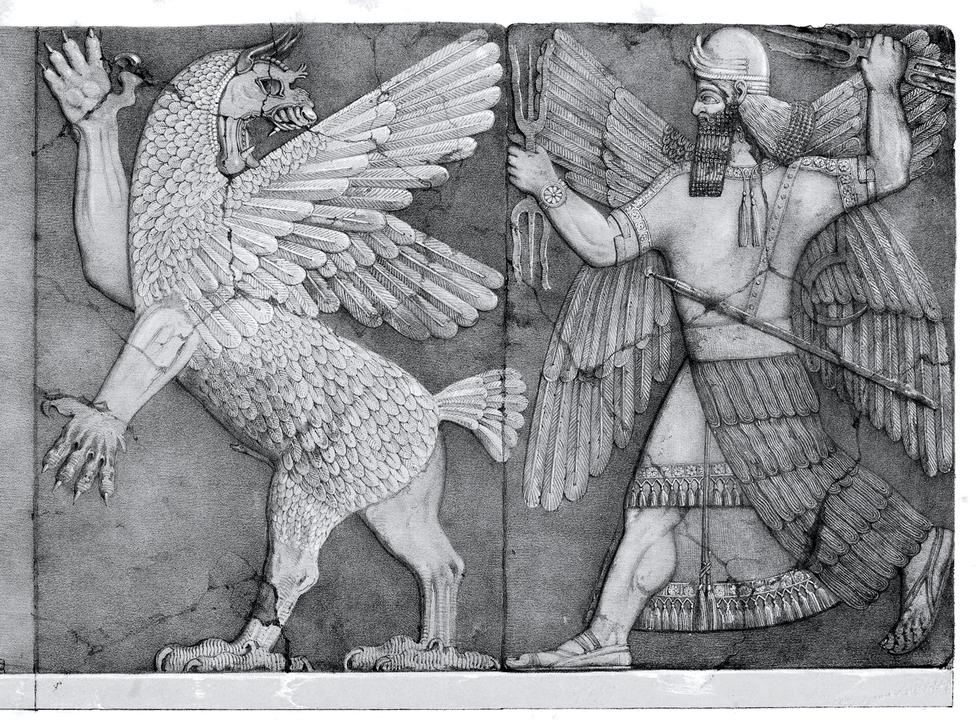
Spread Of Babylonian Astrology
Babylonian astrology spread to other areas such as Egypt and Persia. These traditions then merged with the Egyptian traditions and scientists from both the regions recorded accurate measurements in geometry and also used algebraic mathematics. They built ziggurat towers which were seven floors high so that astronomers/astrologers could better observe the celestial movements from the rooftops. Tables recording information on the constellations, the distance between the stars, sun rise and set from this time have survived. Babylonian astrology was passed on to the Greeks around 1000 BC. The Greeks identified 48 constellations and added information and explanations of the geometry of motion to the existing numerical relationships that the Babylonians had discovered.
Venus And Other Planets
One of the most important stars to the Babylonian astrologers was Venus. They referred to Venus as Goddess Ishtar in Assyria and Babylon. In Phoenicia Venus was Astarte, Athtar in Arabia, Astar in Abyssinia and Ashtart in Israel and Canaan. The Babylonians worshipped her in two forms. As the evening star, she was Ishtar of Erech and as the morning star, she was Ishtar of Akkad. She was the eldest daughter of Anu, the god of heaven. Ishtar was the eldest of heaven and earth. Venus was worshipped as the goddess of love and beauty. She was the “Great Mother”. The Assyrians also worshipped her as the goddess of war and hunting.
Astrologers associated the planet Mercury with Nabu (god of wisdom and writing) and Mars with Nergal (the god of pestilence). They associated Jupiter with Marduk (fertility god who was originally a god of thunderstorms) and Saturn with Ninurta (Ninib- god of war).
The Sumerian lunar calendar was the earliest calendar in Mesopotamia. The Babylonian priests improved it and intercalated months in an 8-year cycle. Every 8 years they would add 3 months. The crescent moon at dusk started of the calendar which is a principle still used in Islamic calendars.
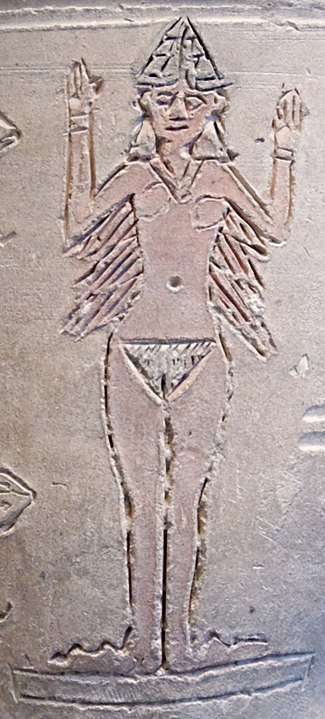
Constellations
The Babylonians represented the constellations similarly to what we see in present times. The symbols used were the archer, the bull, the goatfish, tortoise, a winged female figure, the scorpion and the goat-fish. They inscribed these symbols on stones, gems and cylinder seals. Calendars incorporated all this and were thought to be the work of the gods and goddesses.

Star Information From 320-150 BC
The period of the Persian dominion from the last quarter of the fifth century BC saw great advances in the mathematics of astronomy, There were schools teaching astronomy in Uruk, Sippar, Babylon and Borsippa. Darius instructed Babylonian astronomer, Nabu-rimanni (Naburianus), a great astronomer studied eclipses and his calculations were more accurate than Copernicus and Ptolemy. The terms used by Naburianu were orbits, spheres, poles, inclination, ecliptic, celestial equator, circular motion, retrogression, revolutions, moon’s highest north and south latitudes. Seleucid and the Parthian rulers of Persia used his translated work for many centuries. This information then reached the Greeks. Eudoxus of Cnidus, the precursor of Euclid used this information.
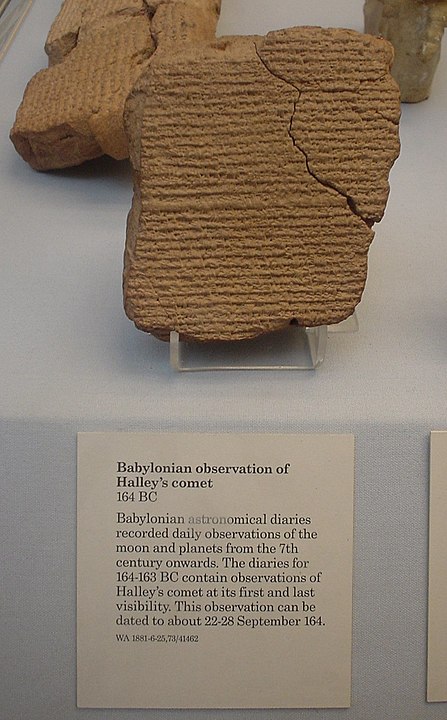
Solar And Lunar Year Calculation
Kidinnu (Cidenas) of Sippar was a Babylonian astronomer who differentiated the solar and lunar year and discovered the precession of the equinoxes. He also calculated the exact length of the year. He made an error of only 7 minutes and 41 seconds. The advances in astronomy, as well as astrology, enabled the Babylonians to create almanacs for the year with mention of the eclipses as well as the full and new moons. They were also able to determine the position of the planets through the year using tables.
Astronomy And Astrology Interlinks
The great advances in astronomy did not lead to the separation from astrology at this time. The Babylonians still linked astronomical phenomena to illnesses and science continued to maintain its links to religion.




